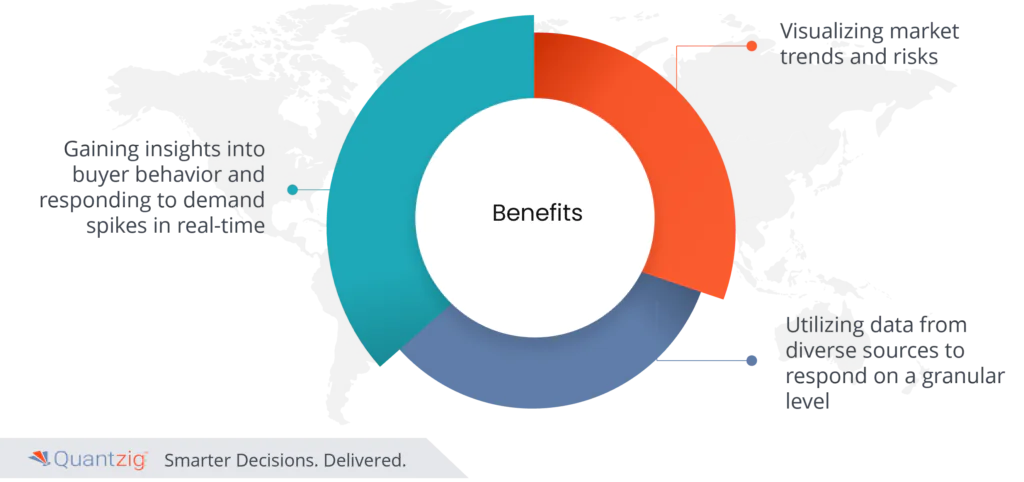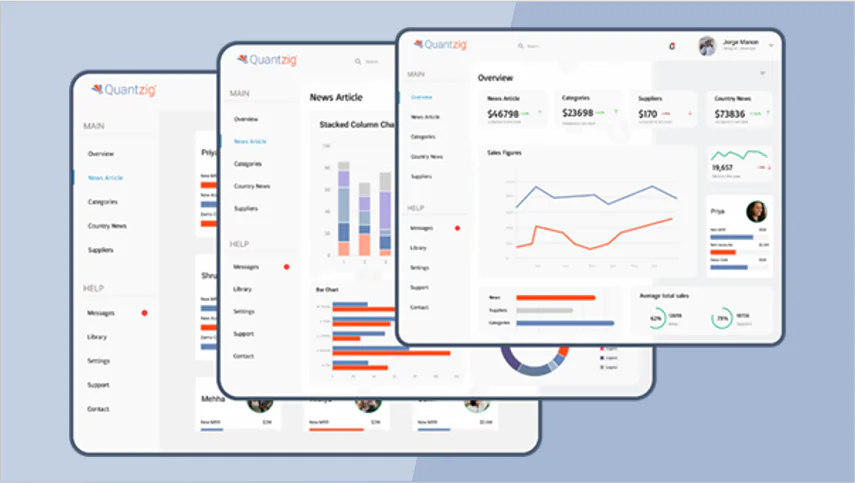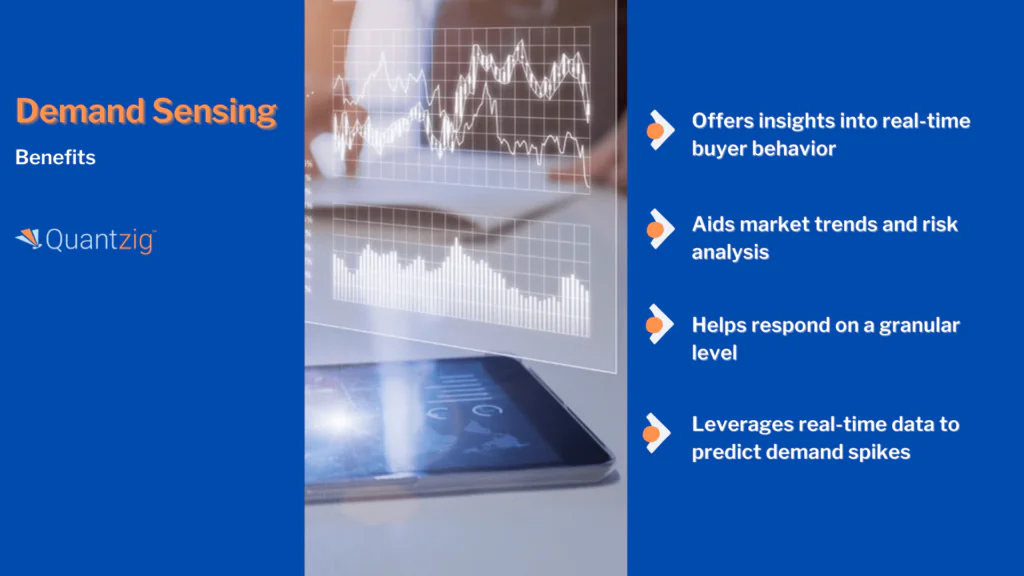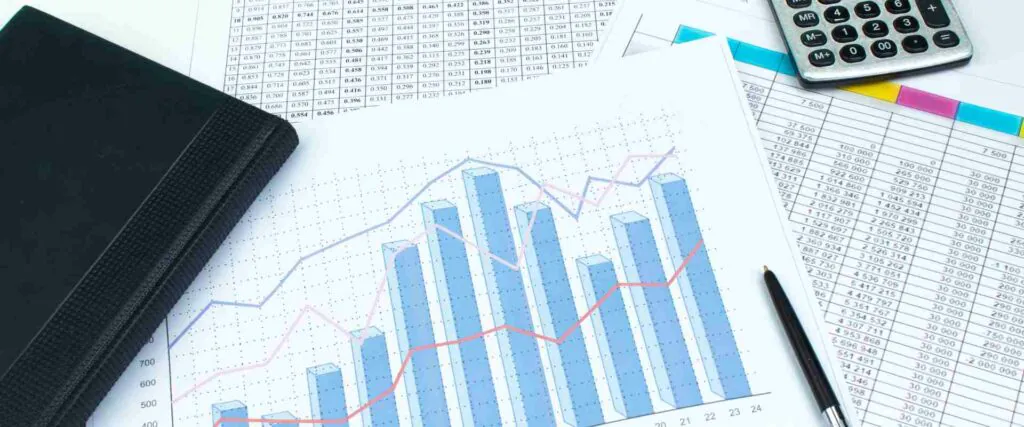Written By: Sudeshna Ghosh
Table of Contents
Introduction to Demand Sensing in Supply Chain
During the pandemic outbreak, global supply chains experienced several disruptions due to which demand, and supply oscillations were a major problem over the past year. These disruptions prompted supply and demand chain executive and supply chain demand planner to adapt to a new normal, and consumers have had to face severe shortages of essential products. Businesses can stay future-ready and navigate these uncertainties by leveraging real-time data to predict demand spikes and take necessary actions. Hence, demand sensing is turning out to be imperative for businesses to thrive in the post-COVID-19 era. But the key lies in accurate data sharing between various supply chain nodes, failing which businesses cannot fulfill demand in real-time.
Book a demo to experience the meaningful insights we derive from data through our GenAI tools and platform capabilities. Schedule a demo today!
Request a Free DemoWhat is Demand Sensing?
Demand sensing is a supply chain management approach that leverages real-time data and advanced analytics to gain immediate insight into consumer demand. It goes beyond traditional demand forecasting by continuously monitoring and analyzing various factors such as point-of-sale data, social media trends, weather conditions, and market shifts. This enables companies to adapt their supply chain operations on a day-to-day, and even hour-to-hour basis, in response to changing customer preferences and market dynamics.
Demand sensing enhances supply chain agility and responsiveness, helping companies optimize inventory levels, production schedules, and distribution strategies to meet current demand effectively. It minimizes the risk of overstocking or understocking, ultimately improving customer service, reducing costs, and increasing overall supply chain efficiency.
How Does Demand Sensing Differ from Demand Planning and Demand Forecasting in a Supply Chain?
Demand sensing enables businesses to anticipate and plan for short-term changes in demand, whereas demand forecasting is more long-term. In short, it is a methodology that focuses on reducing supply chain lag by persistently reducing the time between the occurrence and response to events, i.e., demand fluctuations. As such, supply chain demand sensing aims to reduce the time between the emergence of a statistically meaningful mix of demand signals to the demand planner’s ability to respond intelligently to those demand signals.
Demand forecasting in a supply chain involves estimating future product demand based on historical data and market trends. Forecasting uses statistical methods to predict overall demand for various products over a specified time period. It provides a baseline for planning and allows companies to allocate resources efficiently.
Supply chain demand planning takes the forecasted demand and translates it into concrete actions, such as production, inventory management, and procurement. It considers factors like lead times, production capacities, and cost constraints to create a detailed plan for meeting the forecasted demand.
Get started with your complimentary trial today and delve into our platform without any obligations. Explore our wide range of customized, data driven analytical solutions built across the analytical maturity levels.
Start your Free TrialHow Can Demand Sensing Help Tackle Supply Chain Disruptions?

Businesses can no longer rely on stockpiling methods to cope with unforeseen demand-supply fluctuations and inventory stock-outs. Quantzig lists the top three ways business leaders can tackle supply chain disruptions amid market turbulence by using supply chain demand sensing solutions:
Customers today have various choices and expect products and services to be tailor-made to suit their needs. In such a scenario, working in real-time defines the ability of a business to satisfy the needs of its customers. Demand sensing empowers businesses to analyze demand fluctuations in real-time and reduce the latency of signals transmitted through the supply chain.
1. Visualizing market trends and risks
Demand sensing enables businesses to analyze both internal and external factors that can impact demand drivers. Using these insights, business leaders can adjust forecasting, supply chain demand management, and their product portfolios in accordance with market trends.
It utilizes real-time data from various sources to provide a comprehensive view of market trends and potential risks. This enables supply chain professionals to anticipate shifts in consumer demand and adapt their strategies accordingly. For example, it can monitor changing consumer behavior during a pandemic, political unrest, or natural disasters, allowing companies to make informed decisions to address emerging challenges.
2. Utilizing data from diverse sources to respond on a granular level
Analyzing data stored in silos enables organizations to gain granular insights into factors impacting demand-supply fluctuations. By aiding this process, demand sensing opens a whole new realm of opportunities for fulfilling demand.
Demand sensing leverages a wide range of data, including point-of-sale information, social media sentiment, weather forecasts, and economic indicators. This diverse data pool allows companies to gain a granular understanding of customer demand at different locations, for specific products, or during specific periods. By using this data, supply chain managers can make timely and accurate adjustments to inventory levels, production schedules, and distribution routes.
Experience the advantages firsthand by testing a customized complimentary pilot designed to address your specific requirements. Pilot studies are non-committal in nature.
Request a Free PilotConclusion
With businesses gaining access to new data sources, the ability to aggregate, decode, and interpret data using analytics-backed solutions can drive supply chain demand forecasting accuracy. Adopting practical approaches to do so, enhances the agility to respond to supply chain disruptions efficiently, which is crucial for businesses to stay competitive in today’s digital age. However, businesses must understand that supply chain demand sensing is a short-term process that must be backed with a long-term demand planning and forecasting strategy.





